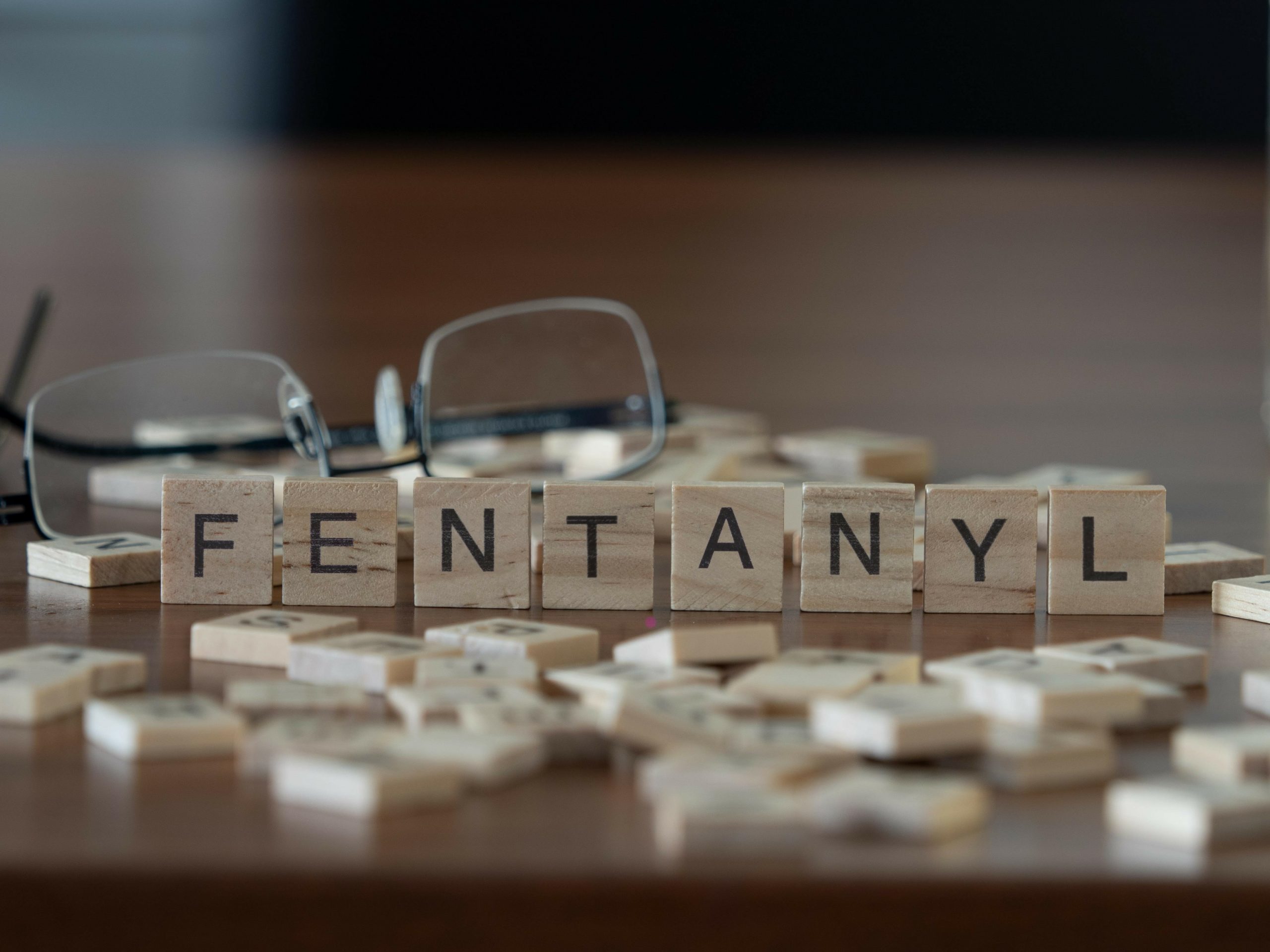Fentanyl Transdermal is between 50 and 100 times more potent than morphine, from which it is derived. Although it can be injected or ingested orally (via a lollipop or lozenge), a standard ingestion method is to take the medication transdermally through patches. Duragesic is the most known brand name for fentanyl patches.

Fentanyl abuse, including mixing fentanyl into heroin, has been reported more across the United States since 2015.
Even coming into accidental contact with the sticky side of the patch can lead to the drug being released into the bloodstream.
For people with little to no tolerance to narcotics, especially children, this can be fatal.
Per the Food and Drug Administration, using fentanyl patches as part of a prescribed can lead to life-threatening breathing problems within the first 24-72 hours, indicating overdose.
Administering medicines like fentanyl through the skin is supposed to release the drug into the body slowly. Duragesic patches can remain for three days before they must be changed.
However, the large quantity of narcotics in a fentanyl patch has made this a target medium for people struggling with opioid addiction.
How Fentanyl is Abused from a Patch
The substance within the patch is similar to a gel, although some patches have been revoked in previous years because of some fentanyl crystals failing to dissolve. People who abuse fentanyl patches typically extract the gel and ingest the entire three-day dose of the narcotic at once. There are several methods of abusing patches.
- Multiple patches: Since the patches are intended to be absorbed into the bloodstream through the skin over three days, some people abuse fentanyl by placing several patches on their skin. This increases the amount being absorbed, so they are likelier to experience a high.
- However, the drug may take longer to wear off, so a person who abuses fentanyl this way is more susceptible to harmful side effects.
- Injecting fentanyl: Many individuals remove the narcotic gel from the patch, then mix it with water or heat it to melt it. They will then use a hypodermic needle to inject the drug directly into a vein, much like how heroin is taken.
- However, fentanyl is far more potent than heroin, and this method of rapid drug onset can also lead to quick overdose. A recent development in nonmedical fentanyl abuse involves boiling the patches rather than cutting them open and injecting the resulting liquid.
- Drinking boiled liquid: Another illegal way of ingesting fentanyl involves steeping the patches in hot water, or boiling them in water, then drinking the resulting juice. Much of the fentanyl can be extracted from the patches through this method and become infused with the water to make a dangerous “tea.”
- Although the oral ingestion of the drug can take more time than injecting, snorting, or smoking fentanyl, it has still ended in many overdoses.
- Chewing the patches: Another way of orally ingesting fentanyl involves eating the patches without otherwise modifying them. This can tear the layers in the patch and release most of the drug all at once. The fentanyl is assimilated through the mucous membranes of the mouth. This can quickly lead to overdose.
- Smoking: As with heroin, fentanyl is sometimes smoked. The gel inside the patch is extracted and heated, and the resulting smoke and vapor are then breathed in. The drug enters the bloodstream through the thin membranes in the lungs, which quickly reach the brain.
- Snorting: People who snort fentanyl are less likely to take the gel from patches and snort that; the illegal, powder variants of the drug sold on the black market are more bioavailable when snorted. However, some people still retrieve the contents of fentanyl patches and snort them, with or without preparation, to create a powder.
Serious Dangers of Fentanyl Patch Abuse
The most significant risk of abusing fentanyl, primarily via time-release patches, is an overdose. Slowed breathing, falling unconscious, and losing physical coordination can all lead to severe accidents, brain damage, coma, and death. Fentanyl is a potent narcotic.
Although it is increasingly a target for abuse, it  is also one of the more dangerous narcotics available, both in prescription and illegal forms.
is also one of the more dangerous narcotics available, both in prescription and illegal forms.
Fentanyl patch overdose symptoms include:
- Difficulty breathing
- Stumbling, inability to walk, or loss of coordination
- The trouble with cognition or memory
- Extreme fatigue or sleepiness
- Stumbling, inability to walk, or loss of coordination
- Confusion
- Dizziness
- Contracted pupils
- Coma
Other narcotics may gradually present overdose symptoms; because fentanyl is very potent. However, it can quickly lead to overdose, without much euphoria or other side effects leading up to the symptoms.
Start Today
 We are a facility that puts the needs of the patient at the core of our operations. Contact United Recovery Project today and get in touch with one of our compassionate staff who will walk you through the treatment plans United Recovery Project offer including detox, intensive outpatient program, sober living and aftercare. We are here to help you.
We are a facility that puts the needs of the patient at the core of our operations. Contact United Recovery Project today and get in touch with one of our compassionate staff who will walk you through the treatment plans United Recovery Project offer including detox, intensive outpatient program, sober living and aftercare. We are here to help you.


